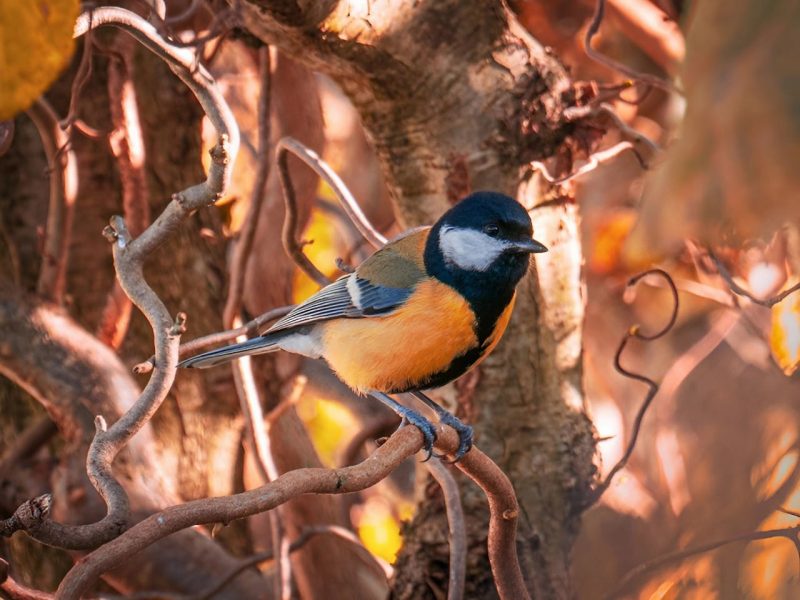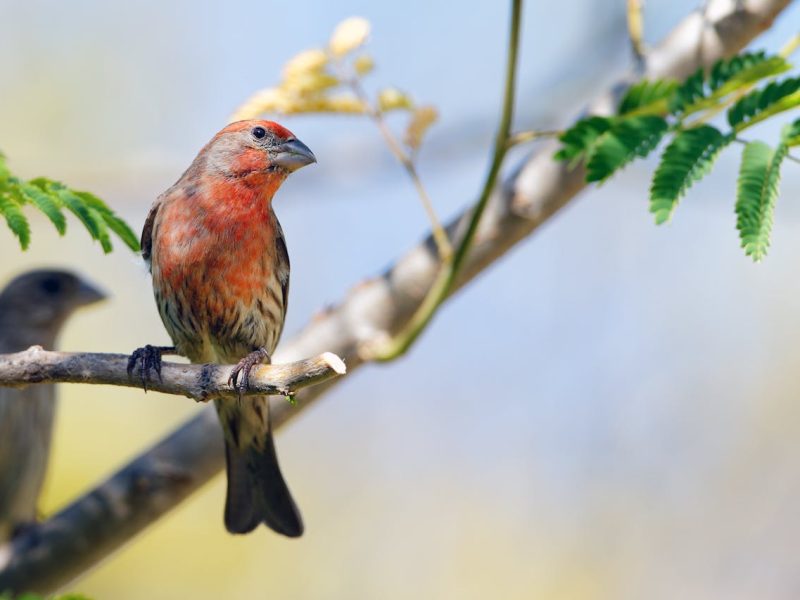There’s something magical about birding trips. The anticipation of spotting rare feathered friends, the rush of adrenaline when you finally glimpse that elusive species, and the camaraderie of fellow bird enthusiasts – it’s an experience like no other. My recent birding excursion was no exception, and I can’t wait to share the incredible array of birds we encountered.
Preparation is Key
Before embarking on any birding adventure, preparation is crucial. I spent weeks researching the best locations, studying field guides, and ensuring I had the necessary gear – binoculars, a camera, a notebook, and comfortable hiking shoes. The excitement was palpable as our group gathered, ready to embark on a four-day birding extravaganza in the lush forests and wetlands of the Pacific Northwest.
Day 1: A Feathered Frenzy
As soon as we arrived at our first destination, a chorus of bird calls greeted us. It was as if they knew we were there to admire them. From the majestic Bald Eagle soaring overhead to the vibrant Western Tanager flitting among the branches, the first day was a true avian spectacle. We even spotted a pair of Pileated Woodpeckers, their distinctive red crests and loud drumming unmistakable.
The Bird List: Day 1
- Bald Eagle.
- Western Tanager.
- Pileated Woodpecker.
- Spotted Towhee.
- Red-breasted Nuthatch.
- Steller’s Jay.
- American Robin.
- Song Sparrow.
Day 2: Wetland Wonders
Our second day took us to a breathtaking wetland reserve, where a kaleidoscope of waterbirds awaited us. Wading through the shallow waters, we were treated to the sight of majestic Great Blue Herons stalking their prey, while flocks of Northern Shovelers and Cinnamon Teals paddled nearby.
But the highlight was undoubtedly the elusive Virginia Rail, which emerged from the reeds just long enough for us to catch a glimpse of its distinctive rusty plumage.
The Bird List: Day 2
- Great Blue Heron.
- Northern Shoveler.
- Cinnamon Teal.
- Virginia Rail.
- Marsh Wren.
- Red-winged Blackbird.
- Killdeer.
- Belted Kingfisher.
Day 3: Into the Forest
On the third day, we ventured deep into the old-growth forests, where towering evergreens sheltered a diverse array of avian residents. The melodic trills of the Swainson’s Thrush echoed through the canopy, while the charismatic Chestnut-backed Chickadee flitted from branch to branch.
But the true highlight was spotting a family of Barred Owls, their distinctive “Who cooks for you?” call ringing out as we approached their nest.
The Bird List: Day 3
- Swainson’s Thrush.
- Chestnut-backed Chickadee.
- Barred Owl.
- Pacific Wren.
- Hairy Woodpecker.
- Brown Creeper.
- Varied Thrush.
- Western Wood-Pewee.
Day 4: Coastal Delights
Our final day took us to the rugged Pacific coast, where seabirds reigned supreme. The haunting cries of the Western Gull echoed across the shoreline, while flocks of Surf Scoters bobbed on the waves.
The Bird List: Day 4
- Western Gull.
- Surf Scoter.
- Black Oystercatcher.
- Pigeon Guillemot.
- Pelagic Cormorant.
- Brant.
- Marbled Murrelet.
- Osprey.
Identifying Birds: A Skill Worth Mastering
One of the most rewarding aspects of birding is the ability to identify different species. It’s a skill that takes time and practice, but the more you immerse yourself in it, the easier it becomes.
From subtle field marks like eye rings and wing bars to distinct behaviors and habitats, every clue helps narrow down the possibilities.
During our trip, we encountered a few real head-scratchers. Like the time we spotted a small, nondescript brown bird flitting through the underbrush. Was it a sparrow? A warbler? After consulting our field guides and carefully noting its features, we eventually identified it as a Pacific Wren – a tiny but vocal powerhouse that punches well above its weight.
Documenting the Journey
Keeping a record of your birding adventures is not only a great way to preserve memories but also contributes to valuable scientific data. Throughout our trip, we meticulously documented each sighting in our field notebooks, noting the date, location, and any notable behaviors or characteristics.
We also made use of the eBird app, which allowed us to easily log our observations and share them with the global birding community. It’s a fantastic tool that helps scientists track bird populations and migration patterns, ultimately aiding conservation efforts.
Final Thoughts
As our birding trip drew to a close, I couldn’t help but feel a profound sense of gratitude. Not only had we witnessed an incredible array of avian wonders, but we had also forged stronger connections with nature and each other.
Birding is more than just a hobby; it’s a way of life that fosters appreciation for the natural world and the incredible diversity of life that surrounds us. Whether you’re a seasoned birder or a curious newcomer, I encourage you to grab your binoculars and embark on your feathered adventure.



